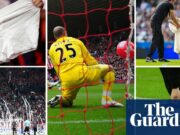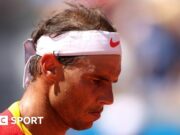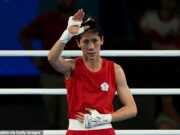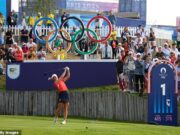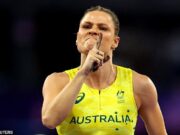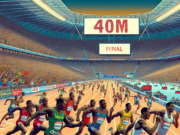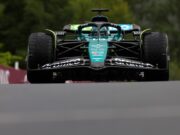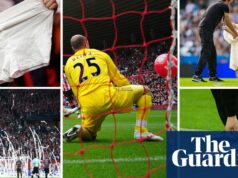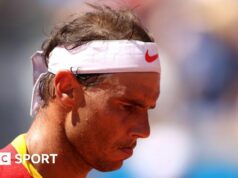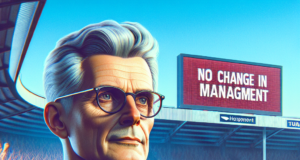Wimbledon has hosted numerous pivotal moments in Murray’s career, and the emotional connection is the reason he battled so fiercely to compete one last time.
However, his prospects for a final appearance were cast in serious doubt.
A back issue resulted in a loss of power and sensation in his right leg during a match at Queen’s three weeks prior.
The only solution was surgery on June 22 to remove a cyst near his spine, but this left Murray racing against the clock to recover.
Ultimately, after waiting until the night before his scheduled singles match on Tuesday to make a decision, he reluctantly acknowledged that it was unfeasible to participate in a five-set match.
Competing alongside 38-year-old Jamie in the shorter doubles format became the next best option.
The plan, initially established around the French Open in late May, indeed materialized.
For the first time since 1995, a men’s doubles first-round match was held on Centre Court.
This moment was simply meant to occur in no other venue.
Murray reached his inaugural Wimbledon final in 2012, where he lost to Roger Federer in a four-set match that brought him to tears and shifted public perception of him.
Redemption followed four weeks later when he clinched Olympic singles gold on the same court against the same rival.
The following year, Murray ended Britain’s 77-year wait for a Wimbledon men’s singles champion by defeating world number one Djokovic in a joyful national celebration.
Another victory at the All England Club occurred in 2016, which he claimed to enjoy even more.
After both victories, Murray walked back through the marbled halls of Centre Court—following tradition—and received a guard of honour before stepping onto the balcony to acknowledge the adoring fans below.
Murray made that same ceremonial walk once again on Thursday night.
While Murray may not have lifted the trophy again, it was a fitting farewell—of sorts—for a player who has represented British tennis with great distinction.






